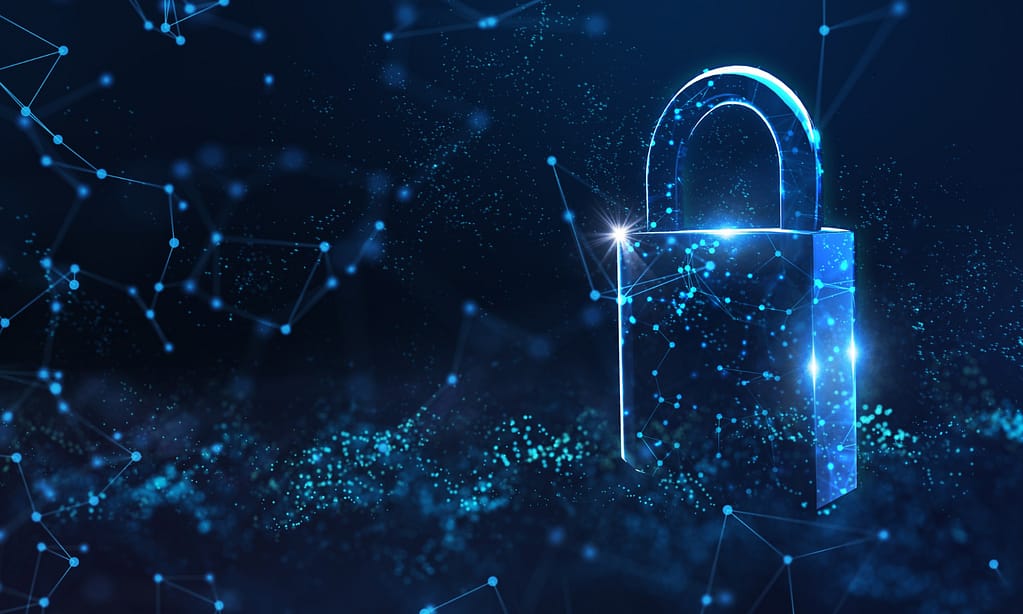Cybersecurity services such as managed detection and response (MDR) are a combination of technology and human experience that are used to undertake threat hunting, monitoring, and reaction. The primary advantage of MDR is that it assists in quickly identifying and minimizing the impacts of threats without the need for additional employees or resources. This article will discuss managed detection response services in depth, including what managed detection response services do, why MDR services are important and more.
What Are Managed Detection Response Services?
Managed detection and response services (MDR) are a type of cybersecurity service that helps organizations identify, investigate and respond to security threats. MDR services are typically delivered by a team of security experts who use a combination of technology and human experience to monitor an organization’s network for security threats. MDR can be used to supplement an company’s in-house security team or as a standalone service.
MDR services usually include the following components:
#1: Threat hunting. Proactively searching for signs of malicious activity on a network.
#2: Security monitoring. Continuously monitoring a network for security threats.
#3: Security analysis. Investigating and analyzing suspected security threats.
#4: Security response. Coordinating and carrying out the organization’s response to a security threat.
MDR services are often delivered through a combination of on-premises technology and cloud-based services. This allows MDR providers to constantly monitor a network for security threats, even if the organization’s own security team is not available.

Why Are MDR Services Important?
MDR services are important because they can help organizations quickly identify and respond to security threats. By proactively hunting for signs of malicious activity, continuously monitoring an organization’s network and quickly responding to suspected threats, MDR services can minimize the impact of a security incident.
MDR Services have many benefits. Shortening the time it takes to discover a threat is not the only advantage. Other rbenefits include:
- Organizations can also strengthen their security posture and make themselves more resilient to possible attacks by optimizing their security configuration and removing rogue computers from their networks and infrastructure.
- They can also detect and eliminate hidden and complex threats through the use of managed threat hunting that is conducted on a constant basis.
- Another benefit is protecting endpoints from attacks more effectively and return them to a known good state by utilizing guided response and controlled remediation techniques.
- Finally, organizations can shift workers away from reactive and repetitive incident response tasks and toward more strategic initiatives.
MDR Through SIEM Detection
There are a lot of cybersecurity services that companies can choose from, but it is challenging to know which to go with. Compliance dictates what kind of security services a company needs, but every company benefits from services that detect all malicious activity happening within a network. One of the best-managed detection services you can find is a SIEM solution. SIEM stands for security information and event management. When you have a cybersecurity company managing your client’s detection services, you are going to benefit not only from seeing readings of all the activity happening within a network but the expertise and notifications that come from specialists.
In essence, a SIEM solution will report all the activity, friendly or malicious, and communicate everything to the monitoring specialists. Even with firewalls or other preventative cybersecurity services, this kind of managed detection response is absolutely vital. Malware is now so advanced that the tactics no longer come just from the cloud be internally as well. Monitoring your client’s internal activity is one concrete way to make sure that your client’s company isn’t breached.
The way the SIEM works is by being deployed within a network of devices and centralizing all the readings, then sending reports to those monitoring the network. Whether the company has 10, 20, or 50 devices, a SIEM will simplify the managed detection response process by combining all the readings and putting them in one place. This makes the analysis that the managing team does much easier.
SIEM Management
Now, there are a lot of different SIEM solutions, but the best-managed detection response is going to be one that does these two things: supports their clients after deployment and customizes the service to fit the needs of the company. Companies may find a variety of IDS, IPS, and even SIEM solutions that detects network activity, but it’s not a true managed detection service with the management part. Without a team that will monitor the activity within a network, the company in need of cybersecurity will miss out on a lot of actual coverage.
What separates a phenomenal cybersecurity company with SIEM solutions as a managed detection response is their customization abilities. Some companies that offer detection services may seem to provide additional “customizations” but they usually are simple additions that they apply to all clients.
When a potential breach is detected, the client needs to be notified as soon as possible!

Summary – All About Managed Detection Response Services
In order to keep a company secure, it is important to have a managed detection response service in place. This type of service monitors all activity within a network and can detect both internal and external threats. A SIEM solution is one of the best managed detection response services available as it reports all activity to a team of specialists. In order to get the most out of a managed detection response service, it is important to choose a company that will manage the SIEM solution and customize the service to fit the specific needs of the client.
Cybersecurity threats are real, and companies need to be ready. Having a managed detection response service is going to help keep malicious activity at bay and the network safe. For more information about our cyber security solutions, contact us today.
Download our Infographic on Why You Need Managed Detection Response Services Here!
FAQs on MDR
What is the difference between Siem and MDR?
A managed SIEM is a SIEM that a 3rd party monitors for you. Managed detection response is a threat detection tool, utilizing an array of tools (sometimes even a SIEM).
What is the purpose of managed detection and response?
Managed detection and response (MDR) is typically an outsourced service which provides organizations with threat detection services. The services also involve responding to threats once they are discovered.
